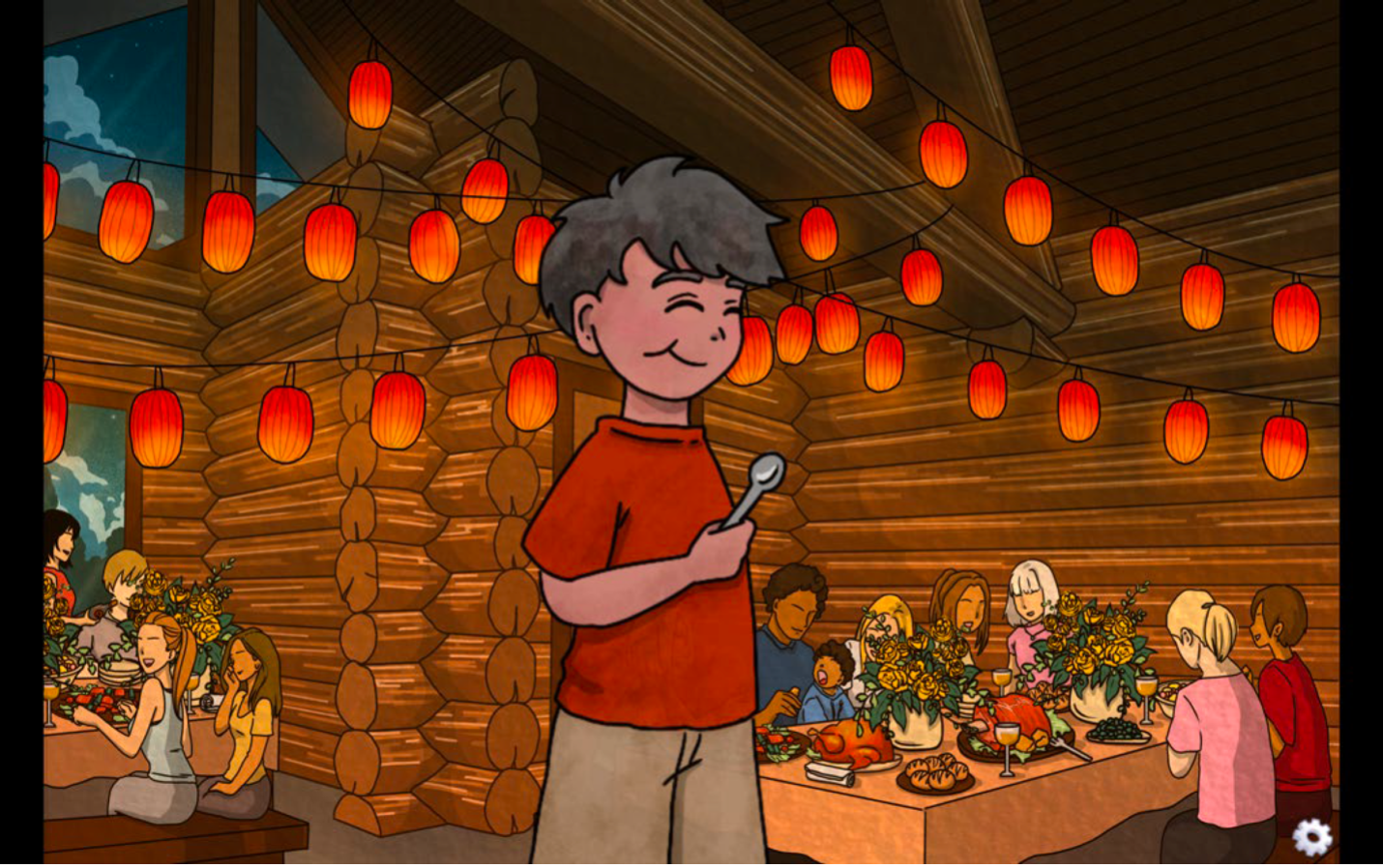Spotlight on SOTL: Using a Visual Novel Activity to Teach Science Process Skills

This article is based on the following research article:
Wong, M., Al-Arnawoot, A., Hass, K., (2022). Student Perception of a Visual Novel for Fostering Science Process Skills. Teaching & Learning Inquiry. 10. https://doi.org/10.20343/teachlearninqu.10.32
How do we teach Generation Z science students critical thinking and problem-solving skills? Try a visual novel game! These researchers developed a visual novel activity to teach ‘science process skills’ (e.g., critical thinking, problem-solving skills), where students would respond to and create hypotheses based on the novel’s events. In response to an open-ended written prompt at the end of the activity, students shared that the activity allowed them to develop science process skills, allowed for creative freedom and flexibility in the activity, engaged students collaboratively, and was an enjoyable activity. This activity may be an effective tool for educators to include science process skills in future courses.
What did the researchers do and find?
Researchers created a visual novel activity called “Hill Valley”, an interactive story game (see image above for sample image from the novel), where groups of students would go through the activity encountering “odd” events and would have to generate hypotheses based on character behaviours. Working in small groups, this activity engaged students in collaborative science process skill development, like making observations, risk-taking, and critical thinking. This contrasts with traditional rote science education skills like memorization of science content. Students completed the 30-40min activity, outlining their observations, evidence, and assumptions/limitations, and then shared their hypotheses with the larger class. There was no single “correct” answer; rather, the researchers emphasized the importance of generating hypotheses grounded in evidence.
At the end of the activity, students were asked “What are you taking away from this activity”; open-ended responses were qualitatively analyzed for common themes. Themes included: (1) the development of science process skills including problem-solving, critical thinking, analysis, and hypothesis generation; (2) flexibility and creative freedom; (3) collaboration, especially engaging with other students from interdisciplinary backgrounds; and (4) student satisfaction and enjoyment of the activity.
The visual novel activity can be found here: https://hillvalley.itch.io/hill-valley
How might you use this research in your teaching?
Based on the feedback from students in this paper, it is clear that the activity provided important science process skill development (e.g., critical thinking, problem-solving, collaboration) and was overall enjoyable for students to engage with. Ultimately, improving student enjoyment and engagement in an activity is closely connected with learning and academic achievement. The researchers emphasized the importance of creating interdisciplinary groups and allowing for debriefing after the post-activity sharing of hypotheses, to discuss commonalities and limitations of each others’ responses. The researchers also noted that this activity is an easy-to-implement classroom activity in any science course, that does not require a lot of time or resources to engage in developing integral science process skills. Instructors can use this open-access activity in their classroom (see link above) or use it to inspire the development of their own visual novel activity!
*Image Credit: Katrina Haas, Michael Wong
Stay tuned for the next Spotlight on SoTL coming to the MacPherson Memo on February 22, 2023
Spotlight on SOTL